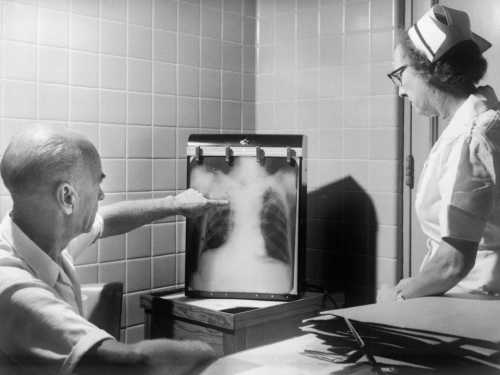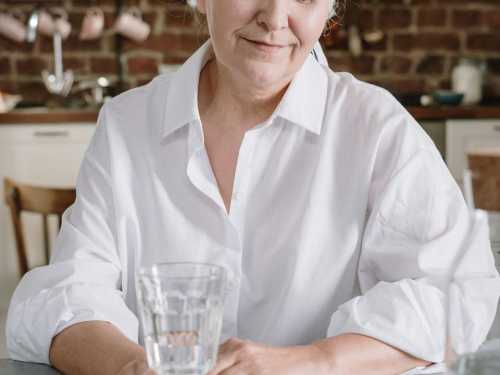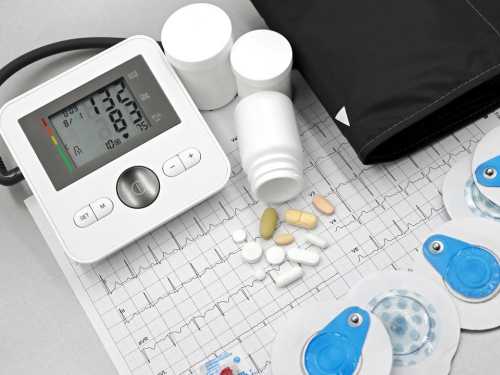
As a physician, mother, daughter and socially responsible human, I’m finding Mother’s Day to be complicated for me this year, as it is for millions. Questions of whether and how to see my adult children and my own elderly mother present medical and ethical quandaries. As an associate professor of family medicine with a focus on wellness, as Mother’s Day approaches, I’d like to share with you my thinking about this using some tools to aid discernment.
Wouldn’t it be great if choosing time with parents or offspring were ever an easy decision to make? However, the answer is rarely that simple. This year, in the midst of a global pandemic and the need to continue to practice social distancing, the decision is even more complex than usual.
I have come up with a Mother’s Day matrix to help you decide how to safely celebrate in a fact-based and safe manner. This matrix weighs the many factors to consider, specifically related to the pandemic.
Personal risk
Assessing your personal risk is one aspect of the matrix. Are you or is your mother in a high-risk group? Presence of chronic disease or age over 65 are two major risks. You can check this Centers for Disease Control and Prevention link for more specific details.
Besides your specific personal risks, are either of you in repeated contact with the public through your job?
Are you symptomatic?
Have you been exposed to a carrier? Are young children, who can be asymptomatic carriers, in the picture?
If any of these questions is answered with a yes, it is certainly wise to forgo any thought of an in-person visit. If all are no, you can proceed to the next part of the matrix.
Where you live matters
Are you in a high-prevalence area for coronavirus, such as New York City? If you are in a sparsely populated area with low regional prevalence, it makes more sense to consider an in-person visit than if you (or she) live in midtown Manhattan. Check your local prevalence here.
If neither of you is at elevated risk, and you are not in an extremely high-prevalence area, the next question is: Can you see each other in person without violating any orders? Here is a state-by-state list of restrictions.
Remember that the U.S. borders with Canada and Mexico are closed, and that nonessential domestic travel is strongly discouraged. Obviously, any need to travel must enter the matrix calculation.
Finally, can your in-person visit follow social distancing recommendations? Can you be six feet apart – ideally, outdoors – wash hands frequently and avoid physical contact? Remember, it may be tough not to hug, especially if you do decide to bring children.
If so, finally, you need to examine your own and your mother’s risk tolerance. If either of you is extremely anxious, stick to virtual connection.
Love and gratitude, while ideally communicated in person, can still be expressed virtually or by phone. You may overtly acknowledge that the greater act of love for each other, as well as your community, is to stay home.
These days we have been asked to reexamine what “normal” looks like in so many ways. Perhaps the increased opportunity for reflection afforded by the pandemic, as well as the restrictions imposed, will teach us to honor our loved ones in many small ways throughout the year. The gift of attention – by phone, email or snail mail – is always possible.
And remember that Father’s Day is June 21, and it would be a good idea to consider the same issues then.
[Like what you’ve read? Want more? Sign up for The Conversation’s daily newsletter.]
Sourse: www.livescience.com





